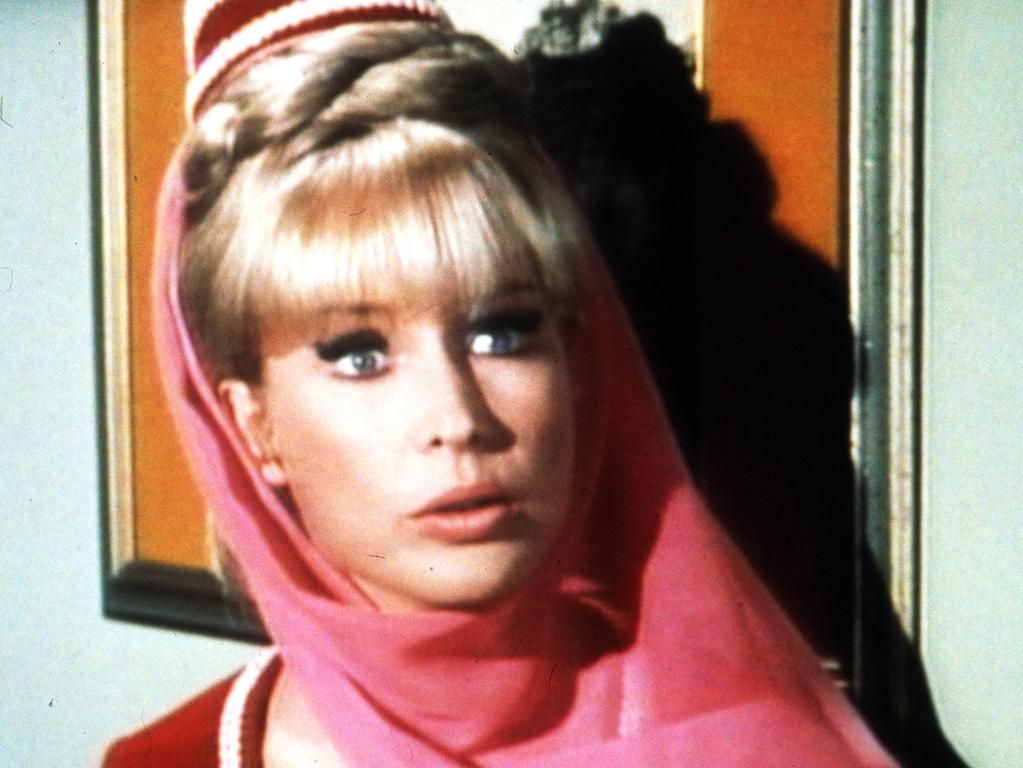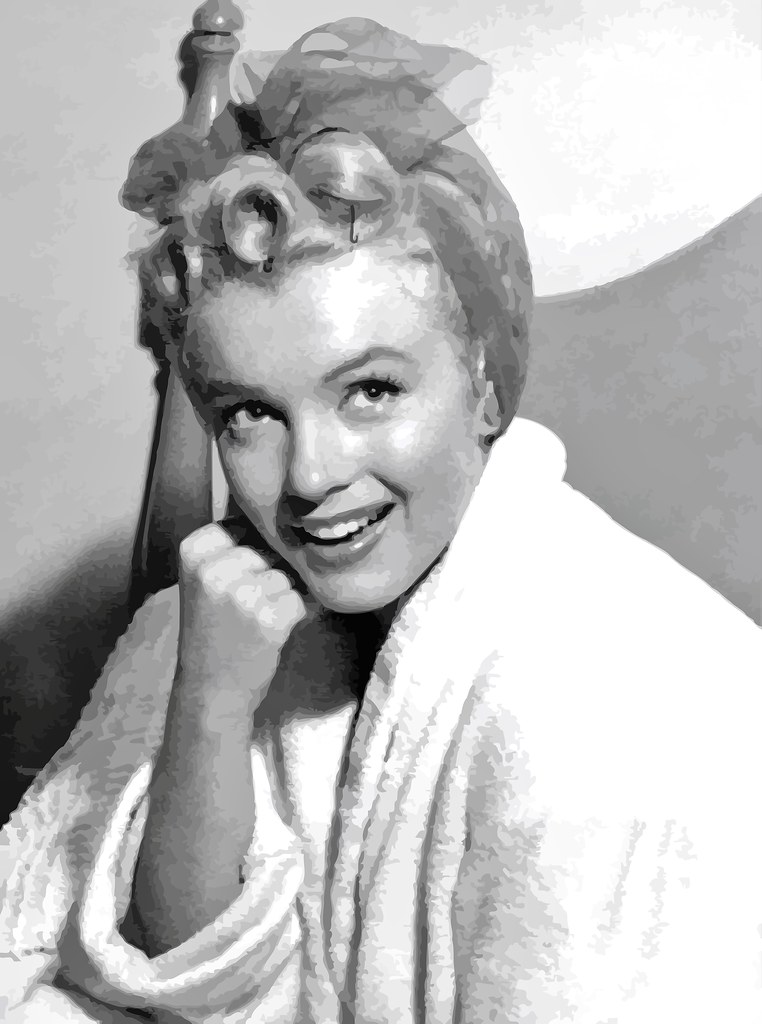
Marilyn Monroe remains one of the most enduring and enigmatic figures in Hollywood history, a name synonymous with glamour, allure, and a certain tragic mystique. Born Norma Jeane Mortenson, she transformed herself into a global phenomenon, becoming the quintessential blonde bombshell who captivated millions. Yet, behind the radiant smile and the captivating screen presence lay a woman of immense complexity, intelligence, and deeply personal struggles, many of which the public barely glimpsed during her lifetime.
Her journey from a challenging childhood, marked by instability and hardship, to the pinnacle of stardom is a narrative often overshadowed by the larger-than-life persona she created. We know the iconic poses, the famous marriages, and the roles that solidified her sex-symbol status. But these well-trodden paths often obscure the intricate layers of her personality, her private battles, and the profound depth that truly defined her.
Today, decades after her untimely passing in 1962, the world continues to be fascinated by Marilyn Monroe, seeking to understand the real woman behind the legend. This article invites you on a journey to uncover little-known facts about her life, revealing aspects of her early existence, the meticulous crafting of her public image, her profound insecurities, and her often-underestimated intellectual pursuits. Prepare to see Marilyn in a new light, discovering the intricate truths that make her story even more compelling.
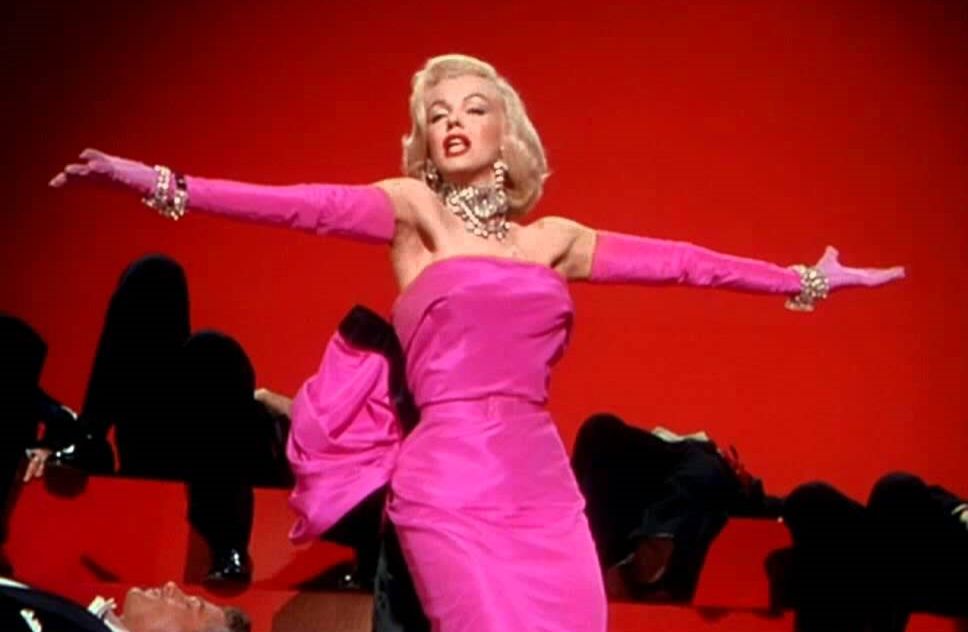
1. **Norma Jeane Baker’s first marriage was arranged.**The early life of Norma Jeane Baker, the woman who would become Marilyn Monroe, was anything but stable. Marked by a revolving door of foster homes, state care, and various family friends, her childhood lacked the security and permanence most take for granted. She never knew her father, and her mother had been committed to a psychiatric facility, leaving young Norma Jeane in a precarious position.
It was this instability that led to her first marriage being arranged out of necessity. At just 15 years old, Norma Jeane was living with family friend Grace Goddard, who, facing a move to West Virginia, found herself unable to take the teenager with her. The stark reality was that unless she married, Norma Jeane would be sent back to an orphanage, a fate the Goddards desperately wanted her to avoid.
In a desperate attempt to secure her future, they turned to 20-year-old James Dougherty, their next-door neighbor, and suggested a marriage. Dougherty himself admitted he thought she was “awful young,” but after they talked and “got on pretty good,” the arrangement moved forward. Just 18 days after her 16th birthday, Norma Jeane Baker was married, entering into a union born more of circumstance than romantic love, highlighting the profound challenges of her formative years.
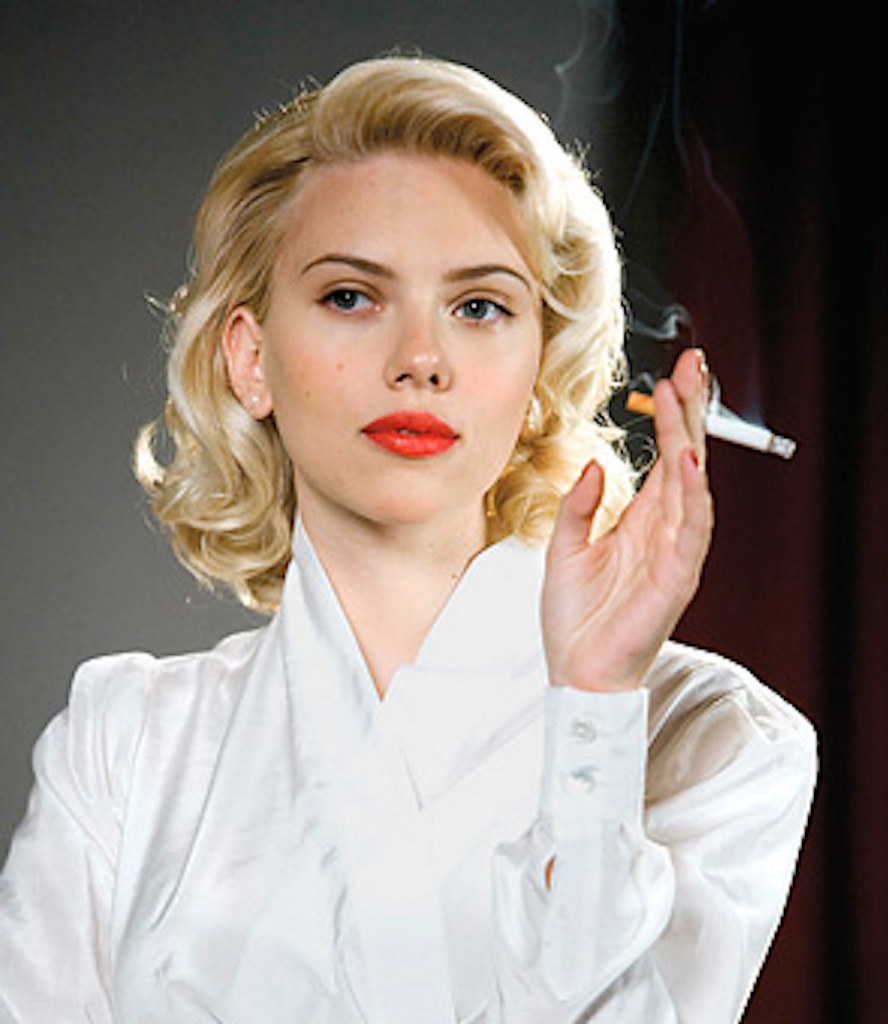
2. **”Marilyn Monroe” wasn’t her first choice for a stage name.**Before the iconic name “Marilyn Monroe” became synonymous with Hollywood glamour, Norma Jeane Baker toyed with other monikers. The journey to her famous stage name was a process of trial and error, a fascinating glimpse into the early days of her career and the construction of her enduring persona. It reveals that the name we all know so well wasn’t an immediate or obvious choice, but rather the result of suggestions and personal inclinations.
According to her sister, Norma Jeane’s initial preference for a stage name was “Jean Adair.” This choice was a direct play off her real name, Norma Jeane, suggesting a desire to maintain a connection to her identity even as she stepped into the spotlight. Had she stuck with this, “Jean Adair” would be the household name today, a stark contrast to the global recognition of Marilyn Monroe.
Ultimately, studio executives and personal reflections shaped the final decision. The name “Marilyn” was suggested by a studio executive who believed she resembled actress Marilyn Miller. The surname “Monroe” was her own choice, a tribute to her mother’s maiden name. This evolution from “Jean Adair” to “Marilyn Monroe” underscores the deliberate, often collaborative, effort involved in crafting a star’s public identity, a process that began long before she became a household name.
Read more about: Trailblazers & Triumphs: Unpacking the Incredible Legacies of 14 Black Female Icons Over 70
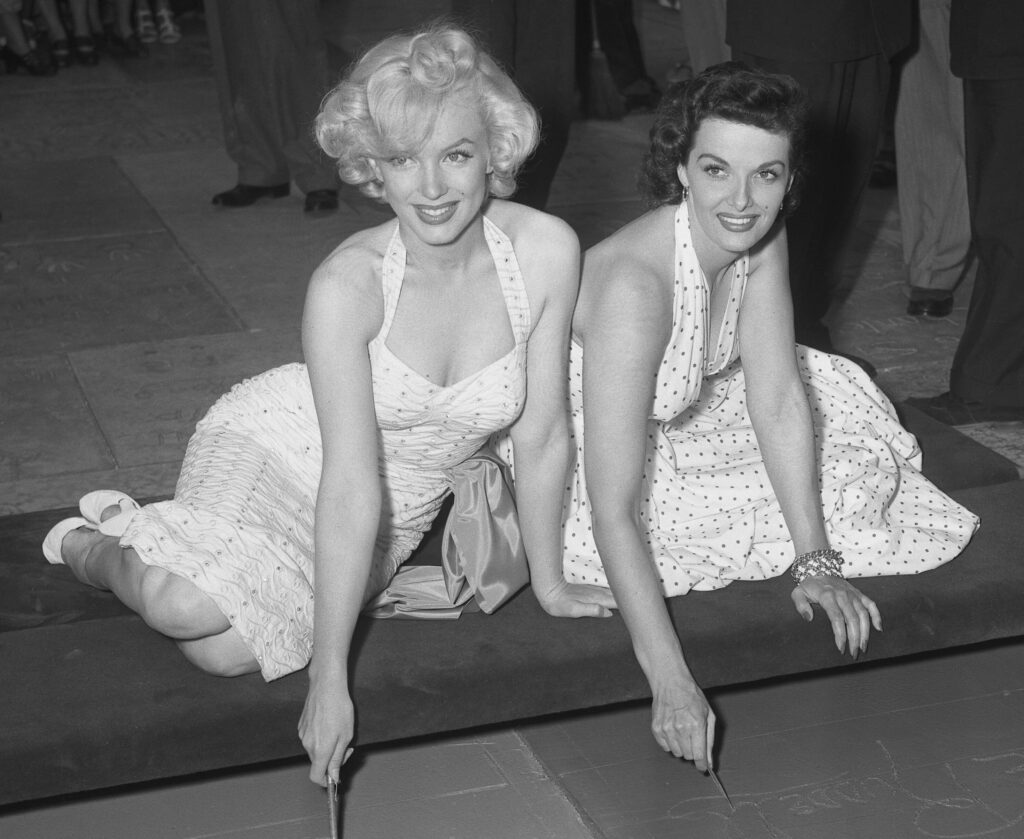
3. **When Gladys Baker told people she was Marilyn Monroe’s mother, no one believed her.**Marilyn Monroe’s relationship with her mother, Gladys Baker, was deeply complex and largely estranged due to Gladys’s severe mental health struggles. Gladys, once a film cutter at RKO, was diagnosed with bipolar disorder and spent years in and out of psychiatric care. This instability led to Norma Jeane being placed in foster care when she was just two weeks old, initiating a childhood spent navigating a series of orphanages and foster homes.
As Marilyn’s star ascended and she became a globally recognized icon, Gladys found herself in a unique and disbelieved position. When she would tell friends and co-workers that her daughter was, in fact, the sensational Marilyn Monroe, her claims were routinely dismissed. People simply couldn’t fathom the connection, often attributing her statements to her ongoing struggles with paranoid schizophrenic delusions.
This lack of belief from those around Gladys highlights the profound disconnect and lack of recognition she experienced, even as her daughter achieved unparalleled fame. It speaks volumes about the chasm between Marilyn’s public image and her private family reality, a poignant testament to the profound impact of mental illness on familial bonds and the challenges faced by those living with such conditions.

4. **Marilyn Monroe often referred to “Marilyn Monroe” in the third person.**The persona of Marilyn Monroe was a carefully constructed entity, and sometimes, even Norma Jeane herself seemed to view it as a separate being. This fascinating aspect of her identity, the habit of referring to “Marilyn Monroe” in the third person, offers a profound insight into how she navigated the demands of fame and the chasm between her private self and her public image.
Actor Eli Wallach once recalled a striking instance of this phenomenon. He described walking on Broadway with Monroe one evening, completely unnoticed by the public. The next minute, however, she seemed to flip an “inner switch,” and suddenly, she was swarmed with attention from adoring fans. Wallach remembered her commenting, “I just felt like being Marilyn for a minute,” indicating a conscious decision to activate her famous persona.
This observation was echoed by photographer Sam Shaw, who frequently heard her critiquing “Marilyn’s” performances during movie shoots or photo sessions. She would make comments such as, “She wouldn’t do this. Marilyn would say that.” Such remarks suggest a critical distance, almost as if she were evaluating a character rather than simply being herself. This habit reveals her acute awareness of the “Marilyn” she presented to the world and perhaps her way of protecting the more vulnerable Norma Jeane beneath the iconic façade.
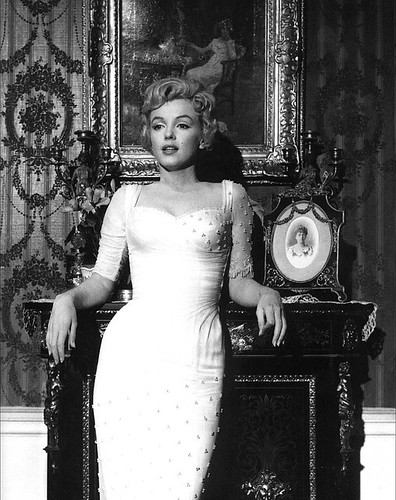
5. **Marilyn Monroe reportedly hated being in front of the camera.**For an actress who became one of the most photographed women in history, it’s startling to learn that Marilyn Monroe reportedly harbored a deep discomfort, even terror, when facing the camera. This paradox highlights the immense internal struggle she faced, juxtaposing her undeniable talent and screen presence with profound personal anxiety that often manifested physically and professionally.
Oscar-nominated actor Don Murray, who co-starred with Monroe in the film *Bus Stop*, offered a candid observation. He noted that despite her considerable experience as a film actress, she would frequently forget basic mechanical techniques. She would miss her marks, leading to her being out of focus, out of the light, or shrouded in shadow. Murray believed this wasn’t a lack of skill but rather a profound lack of confidence.
He further explained that for someone the camera supposedly “loved,” Monroe was “still terrified of going before the camera.” This intense fear often caused her to break out in a rash all over her body, a clear physical manifestation of her crippling anxiety. Her discomfort provides a humanizing glimpse into the immense pressure she felt and the inner turmoil she battled, even as she delivered captivating performances that seemed effortless to audiences.
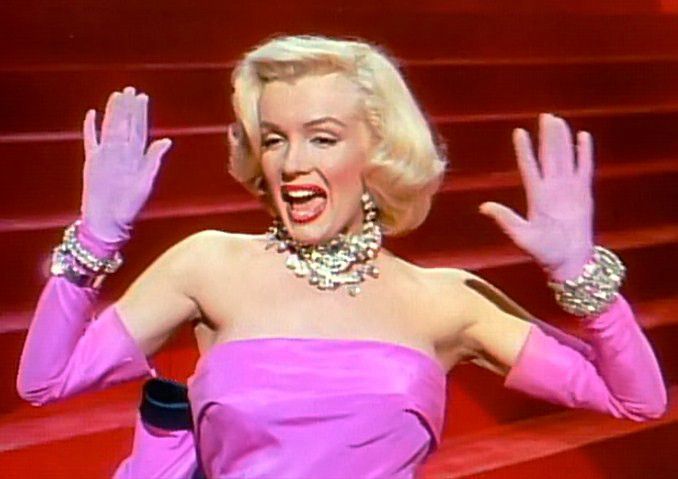
6. **Marilyn Monroe’s on-camera glow wasn’t exactly natural.**Marilyn Monroe’s luminous, ethereal glow on screen became one of her signature characteristics, contributing to her magnetic appeal. However, this radiant appearance wasn’t entirely a gift of nature; it was carefully cultivated through specific beauty routines and preferences that Monroe diligently followed. Her dedication to achieving this distinctive look provides insight into her meticulous approach to her image.
Before her makeup was applied, Monroe would reportedly slather on a generous layer of Nivea Creme or Vaseline. Her belief was that this preparatory step would enhance her luminosity on film, creating a dewy, almost otherworldly sheen that cameras would adore. This simple, yet effective, technique was part of her personal regimen to ensure she always presented her best self under the harsh studio lights.
Beyond achieving an inner glow, Monroe also consciously managed her skin tone. She was famously opposed to deep tans, despite their popularity in California, preferring to maintain a pale complexion. She once stated, “I don’t think suntanned skin is any more attractive … or any healthier, for that matter. I’m personally opposed to a deep tan because I like to feel blond all over.” This unwavering commitment to her desired aesthetic reveals her thoughtful and deliberate approach to beauty, ensuring every aspect of her on-screen presence was meticulously crafted.

7. **Marilyn Monroe was well-read.**One of the most persistent misconceptions about Marilyn Monroe was that she was merely a “dumb blonde,” beautiful but lacking intellectual depth. However, the truth reveals a fiercely intelligent and intellectually curious woman who was an avid reader and cherished her extensive library. This often-overlooked aspect of her life offers a powerful counter-narrative to the simplistic stereotype that Hollywood sometimes imposed upon her.
At the time of her death, Monroe’s personal bookshelf was remarkably impressive, housing more than 400 volumes. Her collection spanned a wide array of genres, including classics, poetry, philosophy, art, and photography, showcasing a broad and sophisticated literary taste. She counted famed authors among her close friends, notably her third husband, playwright Arthur Miller, and immersed herself in works by literary giants such as Dostoyevsky, Joyce, Milton, Whitman, and Rilke.
Monroe was particularly fond of photographs that depicted her reading, perhaps because they presented a truer reflection of her private self. She once described her method of choosing books: on nights when she had nothing else to do, she would visit the Pickwick bookstore on Hollywood Boulevard, open books at random, and buy any that captivated her with a page or a paragraph. This profound love for literature underscored her continuous quest for self-education and intellectual engagement, proving that beneath the glamorous façade lay a thoughtful, contemplative individual.

8. **Marilyn Monroe found intellectual companionship deeply appealing, famously admiring Albert Einstein.**
Marilyn Monroe, often typecast as the quintessential “dumb blonde,” possessed a keen intellect and a profound appreciation for intelligent conversation and companionship. This aspect of her personality is vividly reflected in her romantic preferences. While her marriages to baseball legend Joe DiMaggio and playwright Arthur Miller were public knowledge, it was her attraction to intellectual men that truly illuminated her inner world, revealing a woman who sought more than just superficial charm.
Her marriage to Arthur Miller, one of America’s most respected playwrights, stands as a testament to this intellectual draw. Their relationship was a union of Hollywood glamour and literary gravitas, a pairing that many found surprising but which spoke volumes about Monroe’s desires. She was drawn to Miller’s mind, his depth of thought, and the stimulating intellectual environment he offered, which was a stark contrast to the often-frivolous nature of Hollywood.
Beyond her public relationships, anecdotal evidence further underscores this preference. Actress Shelley Winters, Monroe’s former roommate, once recounted a playful list they compiled of men they fantasized about. Intriguingly, Winters noted that Monroe’s list conspicuously featured no one under the age of 50, a clear indication of her inclination towards maturity and experience. Among the esteemed figures on her list was none other than the legendary physicist Albert Einstein. The depth of her admiration for Einstein was more than mere fantasy, as Winters later observed a silver-framed photograph of him prominently displayed on Monroe’s white piano after her death.

9. **Marilyn Monroe demonstrated unwavering loyalty to Arthur Miller, even when it jeopardized her own career.**
Marilyn Monroe’s personal integrity and steadfast loyalty shone brightly during a particularly dark period in American history, as McCarthyism and the House Un-American Activities Committee (HUAC) cast a long shadow over Hollywood. In 1956, her future husband, renowned playwright Arthur Miller, was summoned to testify before HUAC, accused of “un-American” activities. This was a precarious time for anyone in the public eye, with many celebrities succumbing to pressure and naming colleagues to protect their own careers.
Miller, however, refused to name names, a courageous act of defiance that put him at risk of imprisonment and certainly threatened his professional life. During this intense period, Marilyn Monroe stood firmly by his side. Her steadfast commitment was a powerful declaration, especially given the immense pressure she must have felt as one of the world’s biggest stars. Her support was not just moral; it was public and unwavering, making it clear where her loyalties lay.
Her unwavering commitment to Miller during his HUAC testimony is often credited with potentially mitigating the legal repercussions he faced. It was during this very period of his testimony that their wedding plans were announced, a move that undoubtedly drew significant public and media attention, possibly providing a shield against further harsh judgments. This public display of solidarity certainly helped to humanize Miller in the public eye amidst the surrounding controversy. Monroe’s willingness to stand by Miller, even at the potential cost of her own burgeoning career, highlights a profound depth of character often obscured by her glamorous image.
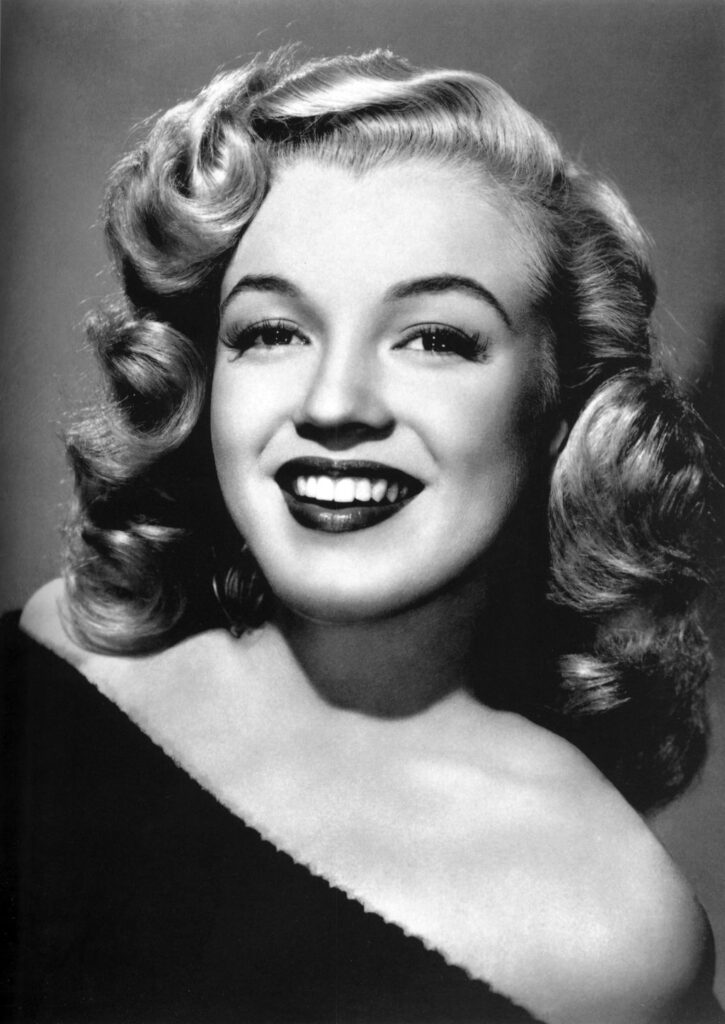
10. **Marilyn Monroe’s life was shadowed by clandestine surveillance, with an FBI file opened on her and her home being bugged.**
Even at the pinnacle of her fame, Marilyn Monroe’s private life was far from secure, marred by an unsettling degree of surveillance. The existence of an FBI file on her, which is now publicly accessible, paints a chilling picture of the scrutiny she endured. This file was likely initiated due to her association with Arthur Miller, whose “un-American” activities had drawn the attention of the House Un-American Activities Committee, sparking suspicion about anyone close to him.
Further compounding this sense of intrusion was a request Monroe made in 1955 to visit the Soviet Union. Although she never made the trip, this inquiry was enough to pique the interest of federal authorities, adding another layer to the suspicions surrounding her. The Cold War era bred intense paranoia, and anyone with connections to figures deemed subversive or expressing interest in communist nations became a subject of scrutiny, regardless of their public status.
Perhaps even more disturbing was the discovery made roughly a decade after her death. The only house Monroe ever owned, a modest hacienda in Brentwood, California, was later purchased by actors Michael Irving and Veronica Hamel. During a remodel in the early 1970s, the couple uncovered a sophisticated, government-grade phone tapping system that had been installed throughout the house. This revelation indicates that Monroe’s private conversations were not only monitored but recorded, raising profound questions about the extent of the intrusion into her personal life. It remains a stark reminder of the unique pressures and intrusions that came with her unparalleled fame.

11. **Marilyn Monroe, despite her glamorous image, exhibited some surprisingly nuanced domestic habits, particularly concerning her culinary skills.**
The public image of Marilyn Monroe was one of undeniable glamour, often detached from the mundane realities of everyday life. Yet, anecdotes from those closest to her reveal a more human side, including her rather unusual approach to domestic tasks. Among the most amusing insights into her private life are accounts of her initial, rather unconventional, attempts at cooking, which painted a picture far removed from the polished star.
Actress Shelley Winters, who once shared an apartment with Monroe, provided a memorable anecdote about her culinary novice days. Winters recalled asking Monroe to wash lettuce for a salad, a seemingly simple task. To her astonishment, she later discovered Monroe diligently washing each individual lettuce leaf not just with water, but “with a Brillo pad,” a scrubbing utensil famously used for heavy-duty cleaning. This charmingly naive approach revealed a woman who, despite her sophistication in other areas, was quite new to the practicalities of a kitchen.
However, these early struggles did not define her entire domestic journey. Evidence suggests that Monroe eventually found her footing in the kitchen, developing a surprising confidence and flair for cooking. Several of her personal recipes were discovered after her death, offering a glimpse into her later culinary inclinations. These weren’t simplistic dishes, but rather complex and well-structured preparations, indicating a significant evolution in her skills. In 2010, *The New York Times* notably attempted to recreate one of Monroe’s stuffing recipes for Thanksgiving. Their findings were a testament to her progress, as they described the recipe as “surprisingly complex” and theorized that “she not only cooked, but cooked confidently and with flair.”

12. **Marilyn Monroe leveraged her star power to profoundly impact other artists, famously helping Ella Fitzgerald break racial barriers in Hollywood clubs.**
Beyond her own iconic performances, Marilyn Monroe used her considerable influence and star power to champion other artists, demonstrating a generosity of spirit and a commitment to fairness that often went unnoticed by the public. One of the most powerful examples of this advocacy involved the legendary jazz singer Ella Fitzgerald, whose career faced undue obstacles due to perceived racial prejudice in the 1950s.
The story goes that Ella Fitzgerald was initially denied the opportunity to perform at the Mocambo Club in Hollywood, one of the era’s most prestigious and glamorous nightclubs. While a long-standing rumor attributed this denial to racism, a biographer suggests the club owner, Charlie Morrison, simply believed Fitzgerald wasn’t “glamorous enough” for his elite clientele, despite other Black artists like Eartha Kitt and Dorothy Dandridge having performed there. Regardless of the precise reason, it was a significant setback for Fitzgerald’s career.
Marilyn Monroe, a huge admirer of Fitzgerald’s talent, was not one to stand idly by. She recognized the immense injustice and decided to use her unparalleled fame to intervene. Monroe made a personal promise to Morrison: if he booked Fitzgerald, she would personally be in the front row every single night of the engagement. This promise was a game-changer, guaranteeing an unprecedented amount of media attention and celebrity buzz for the club, effectively making Fitzgerald’s booking irresistible.
Morrison agreed, and Monroe was true to her word, gracing the front row nightly, ensuring a cascade of photographers and journalists for every performance. The impact on Fitzgerald’s career was immediate and transformative. “After that, I never had to play a small jazz club again,” Fitzgerald later stated, recognizing the profound debt she owed to Monroe. She aptly described Monroe as “an unusual woman—a little ahead of her times. And she didn’t know it,” a testament to Monroe’s quiet but powerful influence in a deeply prejudiced industry.

13. **Marilyn Monroe battled profound private struggles with a childhood stutter and crippling stage fright, which significantly impacted her professional life.**
Beneath the radiant façade of Hollywood’s most captivating star, Marilyn Monroe grappled with deep-seated insecurities and anxieties that profoundly influenced her professional life. Two of the most significant were a persistent childhood stutter and debilitating stage fright, personal demons she worked tirelessly to overcome, yet which continued to surface throughout her career, often creating challenges on set and during public appearances.
Her iconic breathy, almost whispered speaking voice, which became one of her most recognizable traits, was not a natural affectation but a carefully cultivated technique. As a child, Norma Jeane Baker struggled with a significant stutter. To overcome this impediment, she underwent speech therapy, where she was reportedly trained to adopt a lower, throaty style of speaking. This controlled vocalization helped minimize her stuttering, allowing her to articulate her lines more smoothly and confidently, becoming a foundational element of her distinctive vocal delivery.
Despite developing this coping mechanism, the underlying anxiety never fully dissipated. Her battle with stage fright was legendary, often manifesting in severe physical symptoms before live performances. Reports suggest she suffered from nervous stomach, shaking hands, and even vomiting. This crippling anxiety was so intense that it unfortunately led to a reputation for lateness and perceived unprofessionalism on film sets, as she would sometimes resort to alcohol and sedatives to calm her nerves.
The pressure of performance, coupled with these internal battles, made memorizing lines a particular challenge for Monroe. Actor Don Murray, her co-star in *Bus Stop*, famously quipped that “the joke was, she couldn’t make two sentences meet.” While some observers attributed this to a lack of professionalism, those closer to her, including Murray, understood it stemmed from intense nerves. Her stutter even reportedly returned during the filming of her final, unfinished movie, *Something’s Got to Give*, making it incredibly difficult for her to deliver lines and ultimately contributing to her being fired from the film. These struggles humanize Monroe, revealing the immense courage it took for her to perform under such intense personal duress.
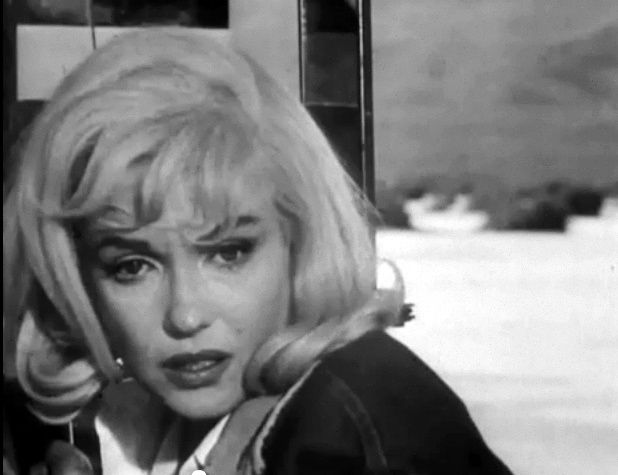
14. **Joe DiMaggio’s profound and enduring devotion to Marilyn Monroe continued long after their divorce, becoming a poignant symbol of their complex bond.**
Marilyn Monroe’s romantic life was often tumultuous, but few relationships captivated the public’s imagination quite like her tumultuous, yet deeply affectionate, bond with baseball legend Joe DiMaggio. Their marriage, famously brief at only 274 days, ended in divorce on the grounds of “mental cruelty” following incidents like the infamous *Seven Year Itch* subway grate scene, where DiMaggio reportedly became irate over her public display. However, their story was far from over, as DiMaggio’s unwavering devotion to Monroe endured for decades.
Even after their divorce, DiMaggio remained a steadfast and protective presence in Monroe’s life. He continued to offer her support and refuge, famously bringing her to spring training with him so she could escape the relentless pressures of Hollywood. He was a pillar of support during her struggles, providing a sense of stability that she often lacked amidst the chaos of her fame and personal challenges. Their connection transcended the marital split, evolving into a profound and lasting friendship.
In the final period of Monroe’s life, there were whispers and hopes of a reconciliation. DiMaggio had reportedly been telling friends that they were going to get remarried, a testament to his enduring love and belief in their future together. Tragically, these hopes were shattered by her untimely death in 1962. It was DiMaggio who took charge of her funeral arrangements, a role he approached with fierce protectiveness.
His devotion extended even into her death. DiMaggio famously refused to allow almost anyone from Hollywood to attend her funeral, stating, “Tell them, if it wasn’t for them, she’d still be here.” For twenty years following her passing, he ensured that roses were delivered to her grave twice a week, a poignant and deeply personal ritual of remembrance. This enduring gesture, mirrored after Jean Harlow’s own posthumous tribute, became a powerful symbol of a love that, though perhaps imperfect and complicated in life, proved utterly unbreakable and eternal in its devotion.
From her challenging beginnings to the creation of her dazzling persona, and from her private intellectual pursuits to her profound impact on others, Marilyn Monroe was a tapestry of captivating contradictions. The woman behind the legend was far more intricate, vulnerable, and inspiring than the world often saw. Decades after her passing, these lesser-known facets of her life continue to fascinate, inviting us to look beyond the glamour and discover the enduring legacy of a woman who, despite her struggles, truly deserved to twinkle.



